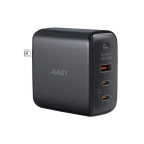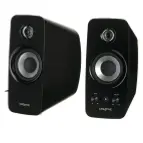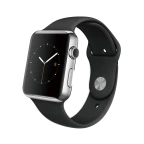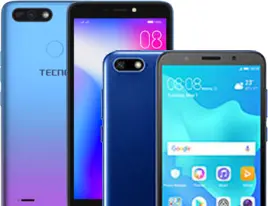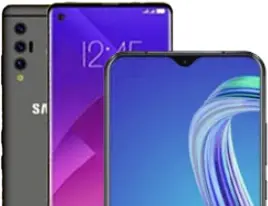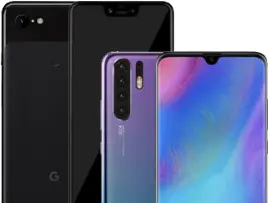One of Huaweis major leaps into the mainstream market was partnering up with Google for the 2015 Nexus device, the result of which is the beautifully crafted, Nexus 6P. The phone is already being said as the best Nexus device to date and Huawei has earned a lot of praise for their efforts. Comparing it to its predecessor (the Nexus 6 by Motorola), the 6P feels like a brand new phone that is made from scratch rather than an upgrade to the previous one.
The Nexus 6 was a bulky device (especially comparing it with the recent flagships). Its successor, though, has left no exception in terms of design. Its thinner, narrower and more user-friendly when in hand. Its all metal and no plastic (minimum plastic to be honest) design feels much more premium than the predecessor, making the phone easily comparable to other flagships in the market. The Gorilla Glass 4 protected 2K screen on the 6P is a bit smaller than the previous device, but has more pixel density than before, so it is more of an upgrade actually (considering the smaller screen is more user-friendly while holding the phone).
When talking about the performance of the device, the 6P comes with a Snapdragon 810, which is an upgrade to the previously used Snapdragon 805. The CPU has been added four more cores and the GPU has been upgraded to an Adreno 430 as well. The RAM is kept the same at 3 GB, which is still the flagship standard and powerful enough to fulfill an average users daily needs. There is no microSD card slot but Huawei has introduced a 128 GB internal storage version as well (along with the 32 and 64 GB ones) so it is more than enough memory for a smartphone.
One of the most prominent upgrades in the device
is the camera (that has been long compromised in the Nexus series devices). Though it is one megapixel smaller than the previous device, it is a lot sharper and a lot better in low light and has gotten much praise for its image quality as well. It can be easily compared to other flagships, which is a major upgrade in the Nexus lineup. The camera comes with laser autofocus, dual-LED flash and an aperture of f/2.0. It also supports 4K video recording at 30 frames per second as well as high-speed 240fps video in 720p. The front camera is upgraded to an 8 megapixel sensor with fullHD video recording (compared to an average 2 MP camera on the Nexus 6).
The battery is 3450 mAh one, which is quite justified to the rest of the specifications and can easily pour out a days use. The phone also comes with a fingerprint sensor (which is believed to be the fastest in the market) as well as the new USB Type-C port instead of the microUSB one. It can easily be stated that the new Nexus is surely a step in to a better future for the whole lineup and is a bang for the buck (being said as the best Android experience to date) compared to other flagships in the market.







